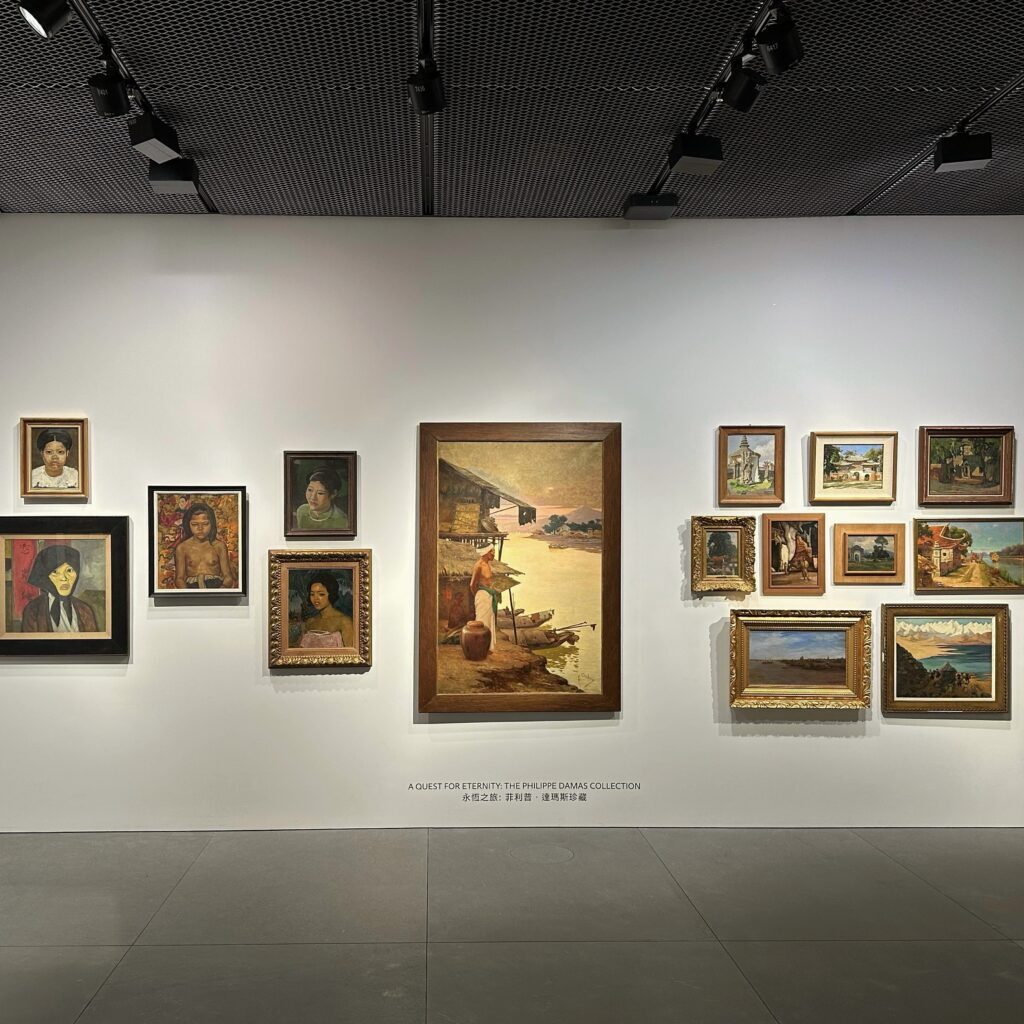
It was in his New York studio that Marcel Duchamp worked for 20 years, from 1946 to 1966, on this installation which he wishes to be his testament. It will in fact be permanently exhibited, one year after his death, at the Philadelphia Museum of Art, in accordance with his wishes.
On one wall, a double wooden door framed by bricks. The door comes from Cadaqués where Duchamp created it with Dali.
On the door, two holes... Because what there is to see is behind the door. With this work, Duchamp invites us to become a voyeur... But what secret is hidden beyond this door? Come closer and place your eyes against the holes.
In the foreground, you first see a dark, gutted brick wall. In the hole in the wall, the whiteness of a female body surprises you. Lying down and naked, offered in the middle of the weeds, this body whose face we cannot see is reminiscent of Courbet's "The Origin of the World", minus the pubic hair. Marcel Duchamp had seen this painting with the psychoanalyst Lacan who kept it hidden under another painting painted by his brother-in-law André Masson and revealed it to a few privileged people.
The cast of the body was made from that of the Brazilian sculptor Maria Martins with whom Duchamp was madly in love.
Is the woman asleep? Dead? Is the spectator at a crime scene? Rape? Did he overhear a love scene? Vision opens the field of possibilities. Above all, it causes a certain discomfort in the viewer...
Especially since at the end of her arm, the woman holds Duchamp's ultimate ready-made, a gas jet.
Moreover, the full name of the installation is "Given: 1° the waterfall 2° the gas", a nod to the small plaques on Parisian buildings which specified in a poetic octosyllable "water and gas to all floors.
The waterfall, for its part, is in the background landscape, a natural landscape created using photographs that the artist took in Switzerland, recolored with the help of Dali and lit from behind like a diorama. The blue sky is made of cardboard, the clouds are made of cotton.
Marcel Duchamp developed very precise specifications of 70 Polaroids, so that his installation could be dismantled and reassembled at the Philadelphia Museum after his death. He also demanded that no photographs of his work be taken for 15 years. The direct visual experience was essential and, more than ever, the work exists here only through the eyes of the viewer.










